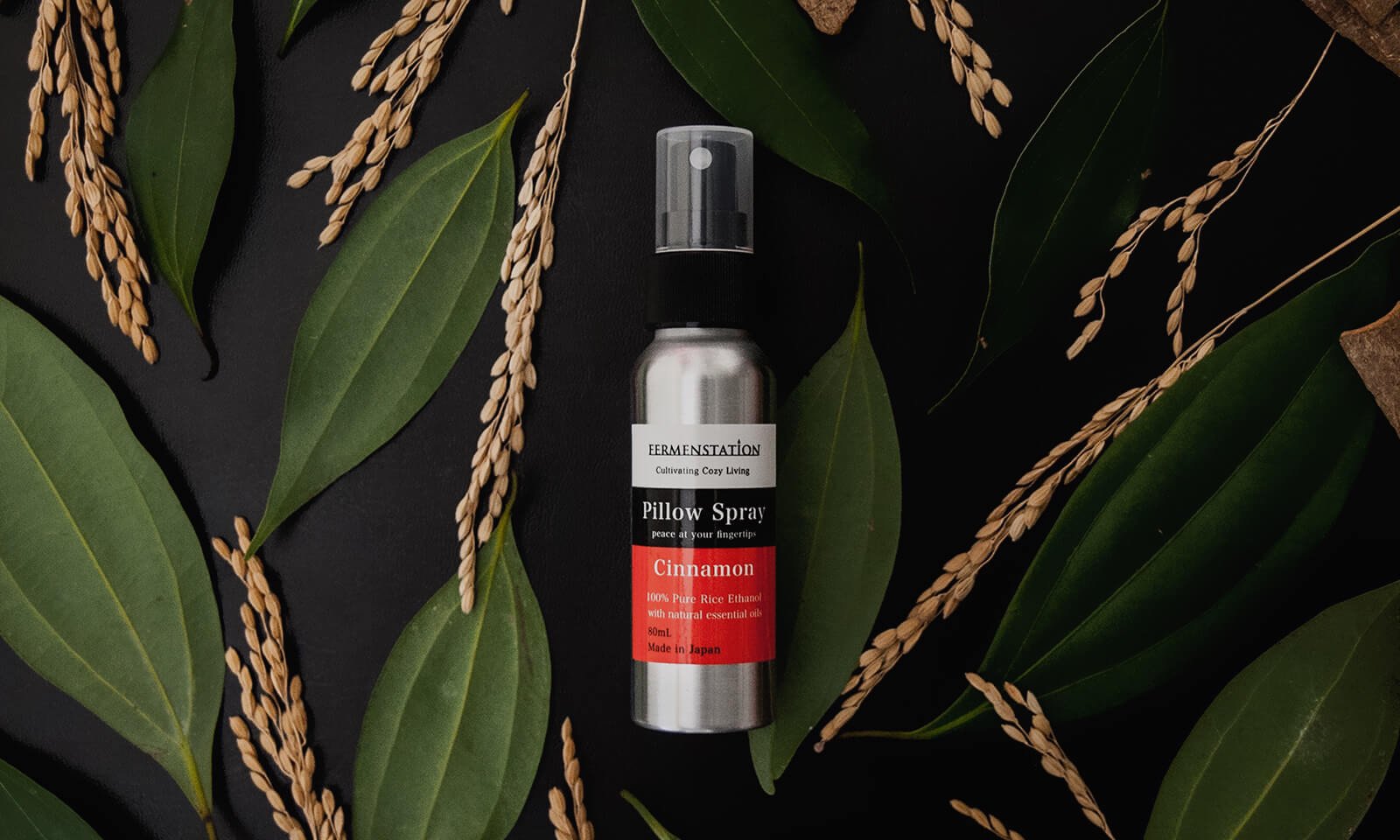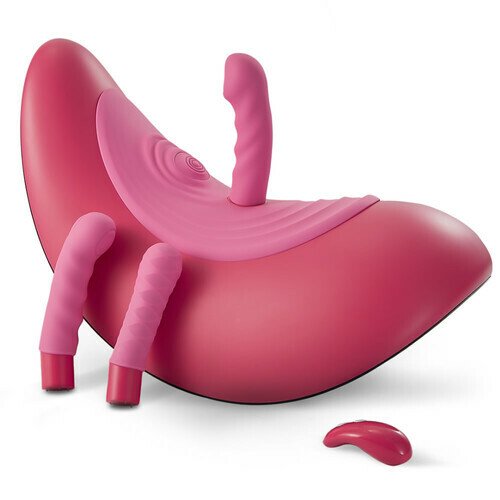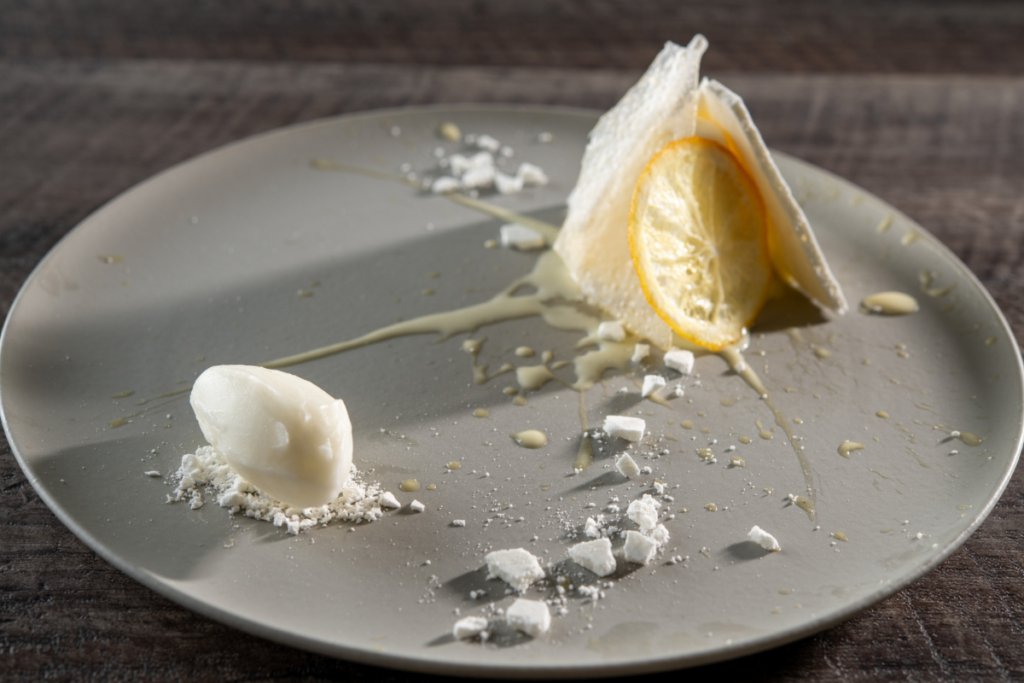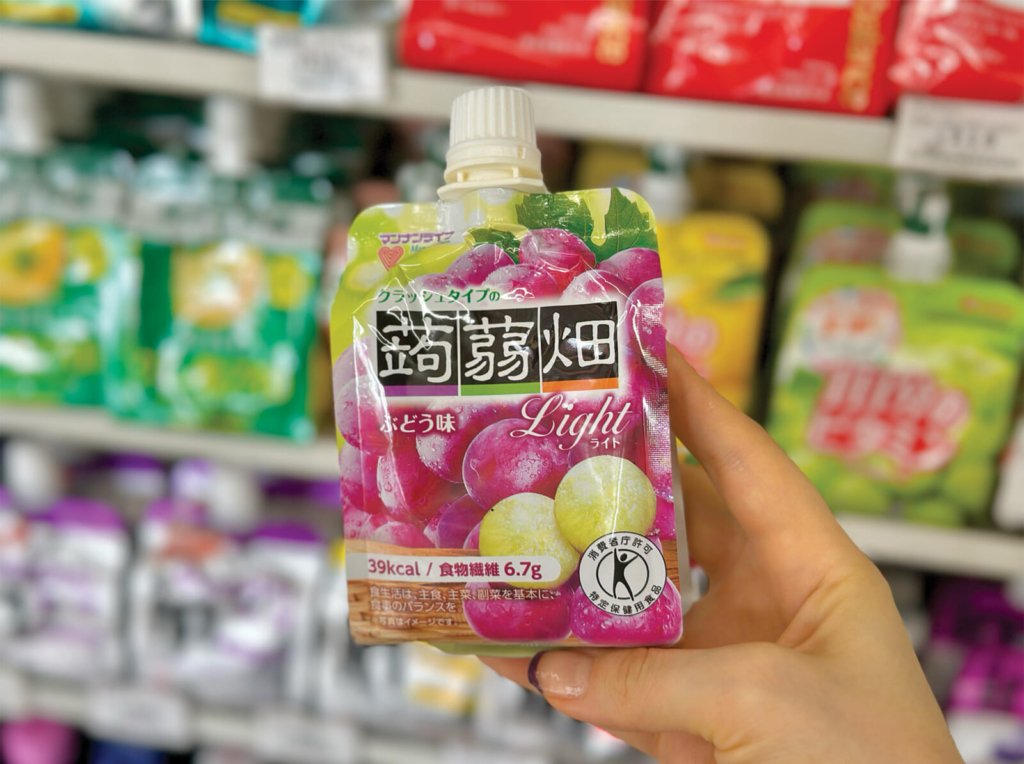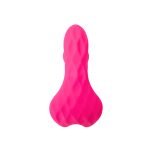Imagine a bowl of steaming hot Japanese rice. Each grain of rice has a soft yet chewy texture that is the perfect accompaniment to the dish. Rice is a comfort food that I can enjoy at any time of the day; it always satisfies. But what if I told you that rice can provide you with other benefits besides just being a food? Today, let’s explore how Japan utilizes these small but mighty grains in everyday life.
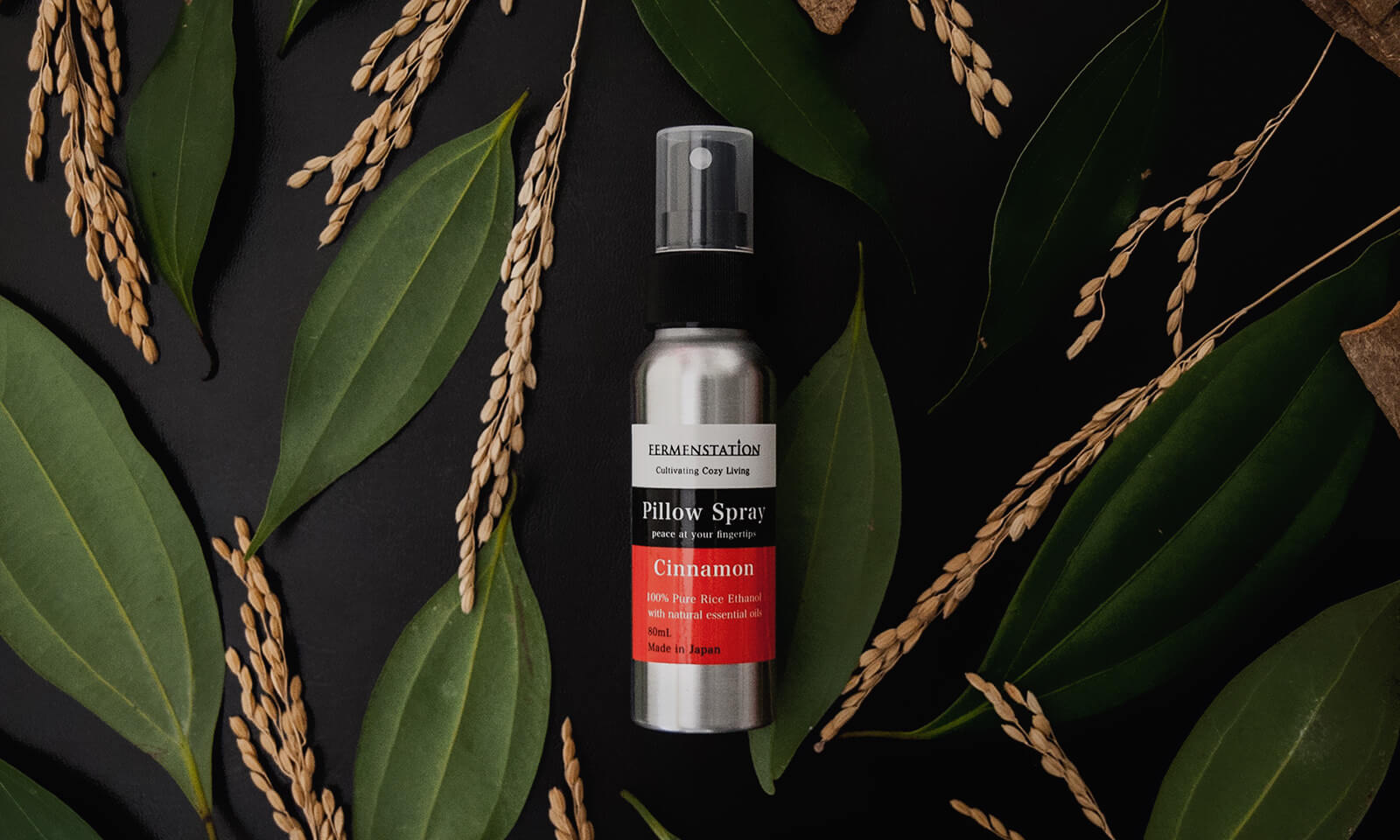
Pillow spray
Pillow spray is often overlooked, but it can be the deciding factor between a restless or restful night’s sleep. Fermentation Station is an environmentally sustainable health and beauty brand that grows pesticide-free organic rice, ferments it and distills it into ethanol. The ethanol from Fermenstation and the remaining undistilled rice residue are then Used to create Natural, paraben- and fragrance-free cosmetics, skincare and fragrance products.
Fermentation Station Cinnamon Pillow Rice Spray The scent caught my attention because cinnamon is rarely seen in Japanese products. Upon opening, the scent immediately reminded me of a cup of tea: deep, smooth, warm, and comforting. The scent then shifts to subtle notes of brown rice and Japanese cedar, leading to an experience that feels relaxing and filled with nature. The best part? I feel so comfortable knowing that the scents around me are natural and safe to inhale before falling asleep.
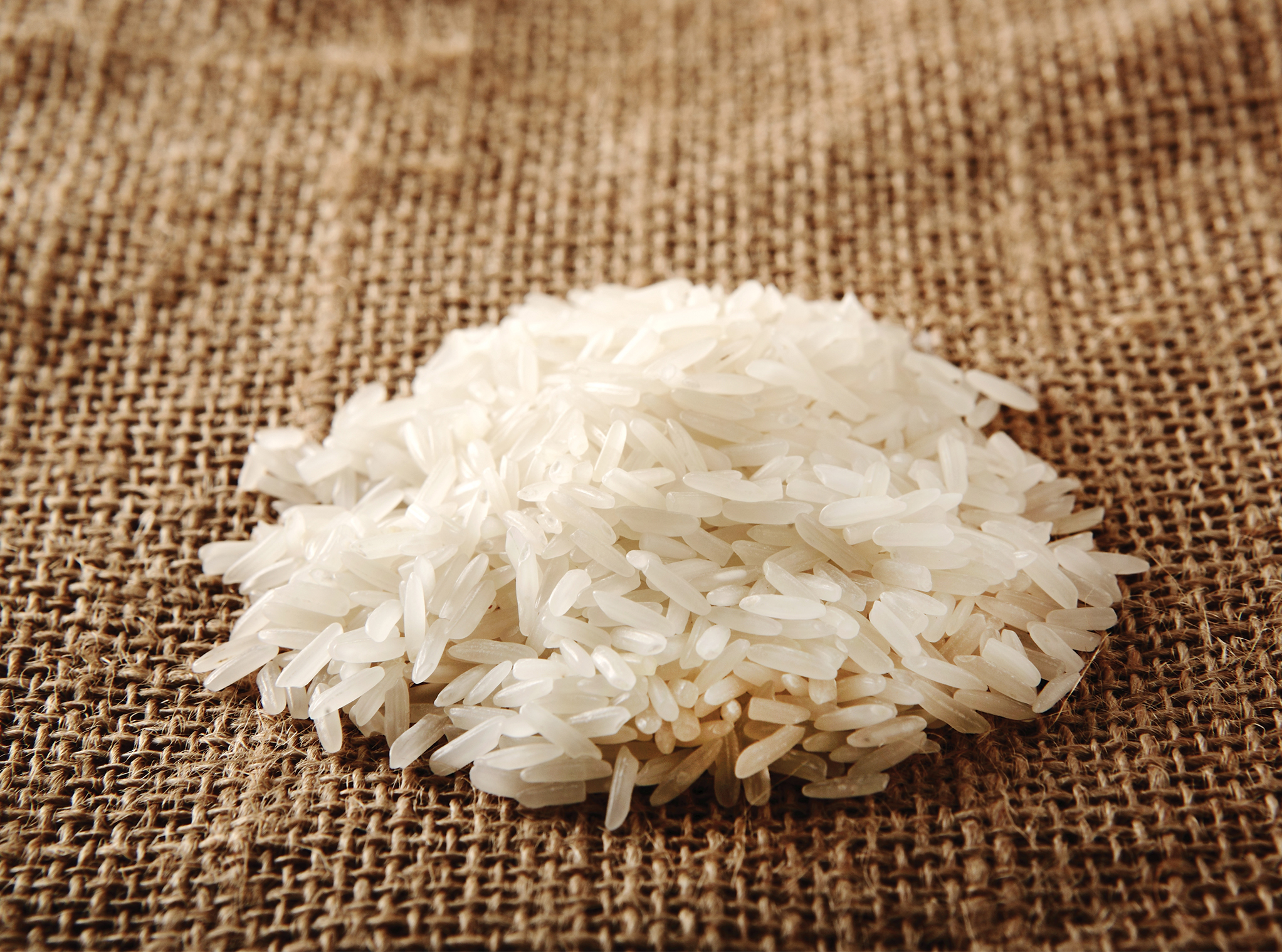

clothing
Rice for clothing? That’s right! Sony Group Three holes yes Porous carbon materials Made from rice husks, combined with fibers to create textiles. Triporous has antibacterial, deodorizing and antiviral properties, making it a revolutionary product for the fashion industry. In 2021, Sony collaborated with Japanese designer Issey Miyake to create Type Ia project that explores the permanence of color through the use of Triporous materials. Descente Golf Launches Triporous Golf Clothing and Socksfocusing on anti-friction and enhanced grip. Triporous is also used in underwear, camping tents and carpets, proving its versatility. use Rice in fabric offers a fantastic concept for sustainable practices, providing a way to heal the world through a single grain of rice.


Image by Keigo Kamide of BUAISOU Studio
glue
Staining and Tsutsugaki These are two traditional Japanese dyeing techniques that date back to the eighth century AD. Used for dyeing fabrics such as clothing, banners, bedding and wrapping cloth. Staining Is the art of dyeing fabric using a stencil. This stencil is made of any of the following materials: Katakami or shibugami Paper layer – thin and delicate Japanese paper The paper soaked in the licensed juice is called answer. and Tsutsugaki, The artist used a technique called Tsutsukawa— Made of the same materials Katakami Use paper as a template – free-draw the design on the fabric. Tsutsugaki This method is often compared to a cake decorator squeezing frosting onto a cake. Frosting—or in this case, glue—is called Boysen Seaweed; The Chinese character “bo” means to protect, and “sen” means to dye. Bosen Seaweed It is made by mixing glutinous rice, salt, rice bran and hot water. These edible ingredients are kneaded into a starch paste and then applied to fabrics as a stain-repellent mechanism. Boysen Seaweed Leave to dry on fabric before the dyeing process begins. Once dry, Boysen Seaweed Depending on how thickly the dye is applied, the path of the dye to the fabric is blocked. The artist picks up the dye and creates colors and patterns on the fabric. After the dye dries, the fabric is washed and then Boysen Seaweed Rinses off with water. The fabric retains the hand-painted or stenciled pattern, with varying opacity or completely dye-free.
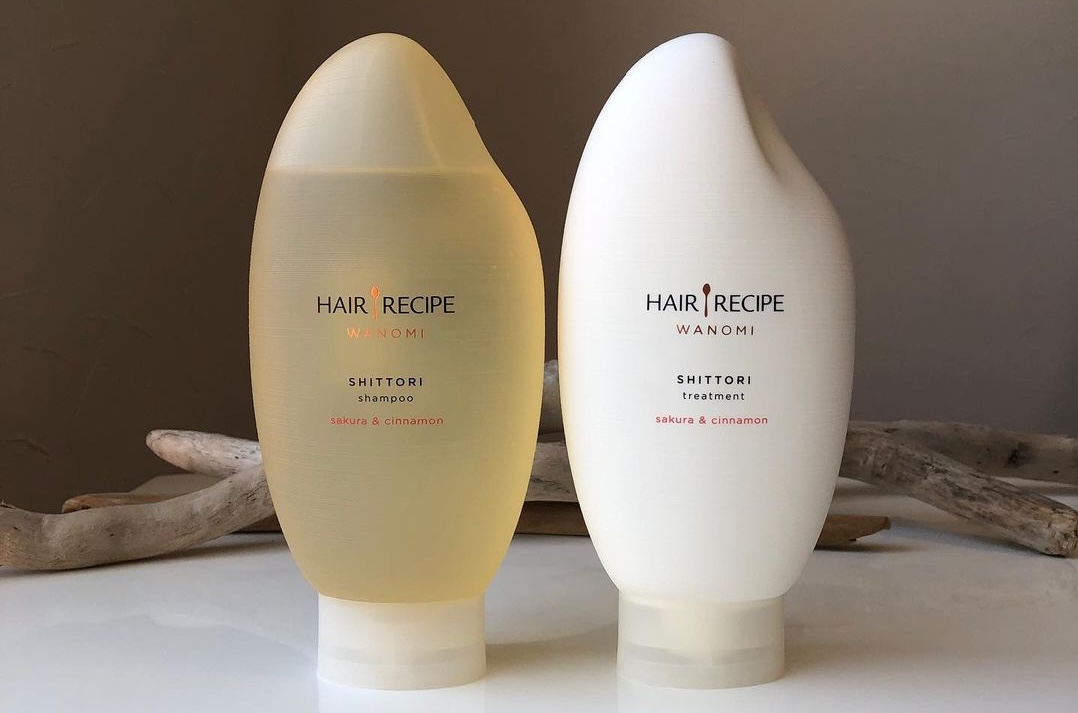

Hair Care
Hair Recipe by Wanomi Shampoo and Conditioner It is an affordable yet luxurious choice that makes washing your hair an absolute pleasure. Wanomi’s key ingredient is Japanese Comment Rice bran oil is refined rice bran oil carefully extracted from the outer layer of rice grains. It is said to have been used for washing hair as early as the Heian period (794-1185 AD), so it is a Withstood the test of time. Wanomi’s shampoos and conditioners are gentle on the hair and scalp, helping to heal and repair frizzy, damaged hair and dandruff.
What drew me to this brand was the scent: an intoxicating blend of cherry blossom and cinnamon (I obviously have a thing for cinnamon-scented things!). While I was intrigued by the scent, what really drew me in was how soft and silky it made my hair feel. I highly recommend picking up at least a sample pack on your next trip to the drugstore.


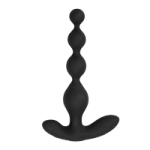 Anal Beads
Anal Beads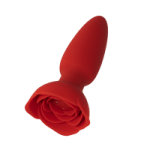 Anal Vibrators
Anal Vibrators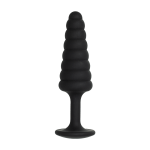 Butt Plugs
Butt Plugs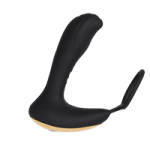 Prostate Massagers
Prostate Massagers
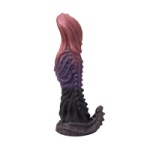 Alien Dildos
Alien Dildos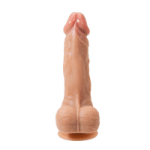 Realistic Dildos
Realistic Dildos
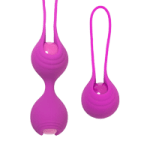 Kegel Exercisers & Balls
Kegel Exercisers & Balls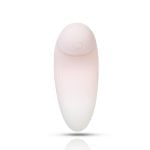 Classic Vibrating Eggs
Classic Vibrating Eggs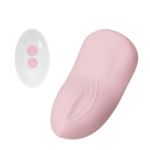 Remote Vibrating Eggs
Remote Vibrating Eggs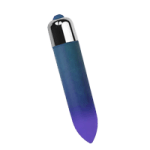 Vibrating Bullets
Vibrating Bullets
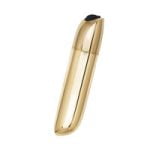 Bullet Vibrators
Bullet Vibrators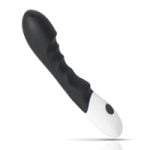 Classic Vibrators
Classic Vibrators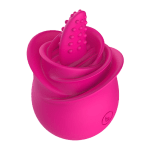 Clitoral Vibrators
Clitoral Vibrators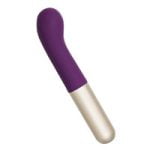 G-Spot Vibrators
G-Spot Vibrators Massage Wand Vibrators
Massage Wand Vibrators Rabbit Vibrators
Rabbit Vibrators Remote Vibrators
Remote Vibrators
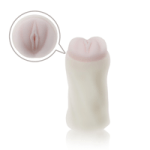 Pocket Stroker & Pussy Masturbators
Pocket Stroker & Pussy Masturbators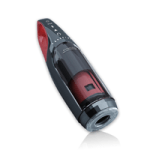 Vibrating Masturbators
Vibrating Masturbators
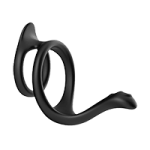 Cock Rings
Cock Rings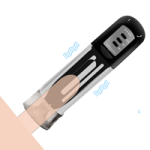 Penis Pumps
Penis Pumps
 Wearable Vibrators
Wearable Vibrators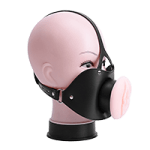 Blindfolds, Masks & Gags
Blindfolds, Masks & Gags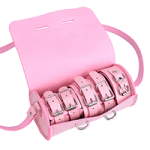 Bondage Kits
Bondage Kits Bondage Wear & Fetish Clothing
Bondage Wear & Fetish Clothing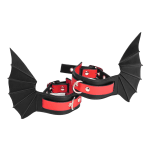 Restraints & Handcuffs
Restraints & Handcuffs Sex Swings
Sex Swings Ticklers, Paddles & Whips
Ticklers, Paddles & Whips






